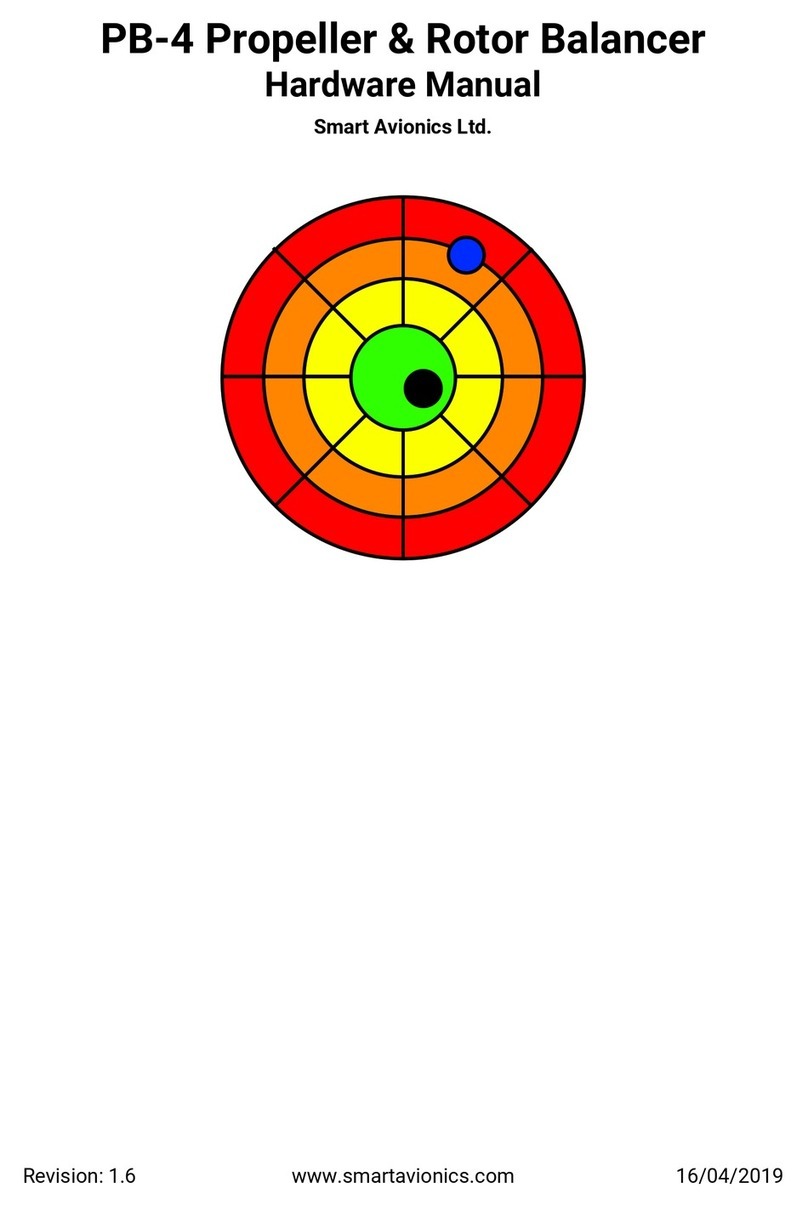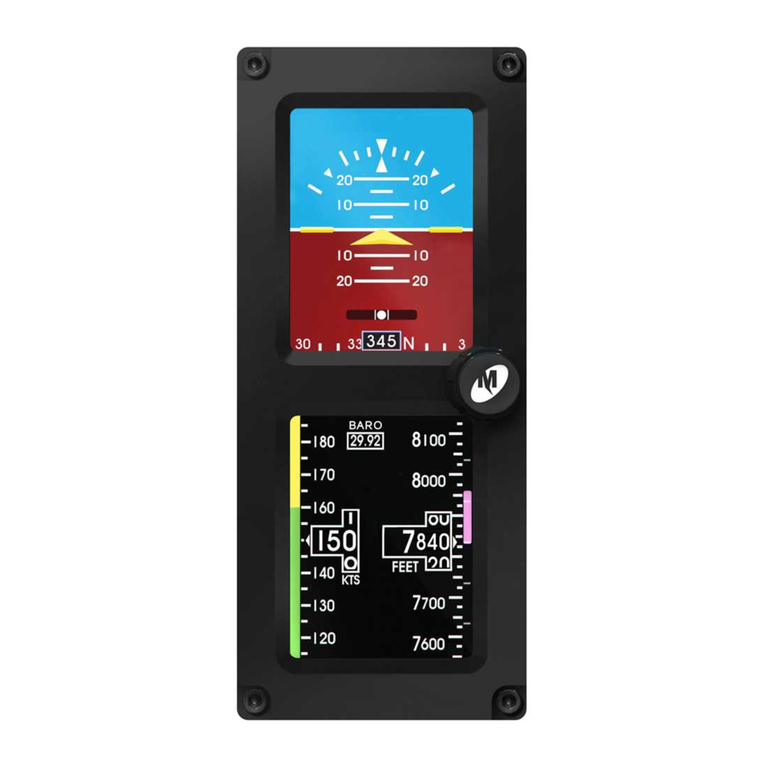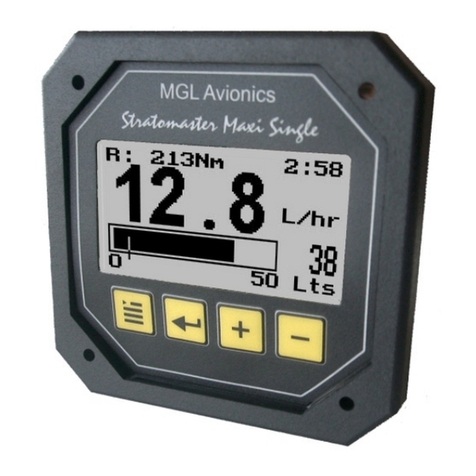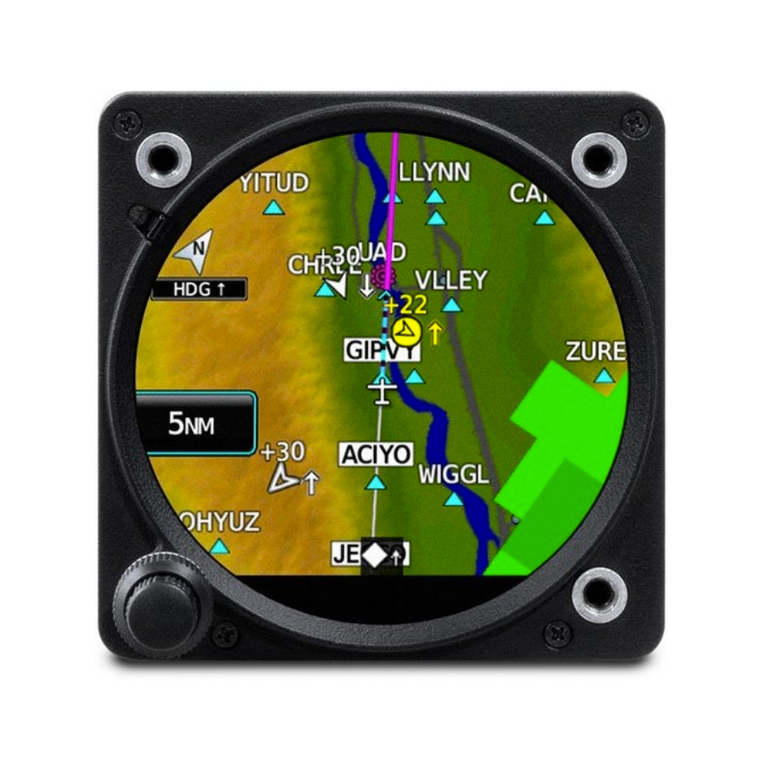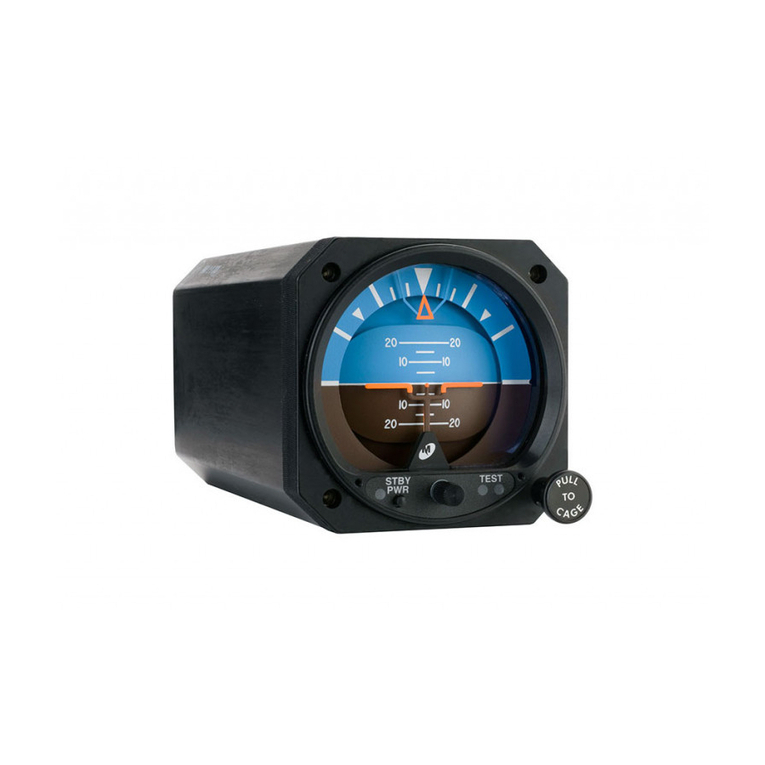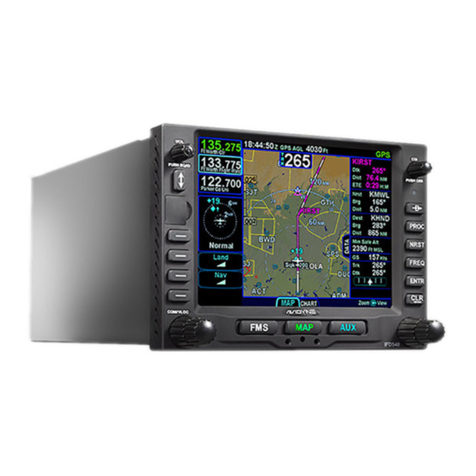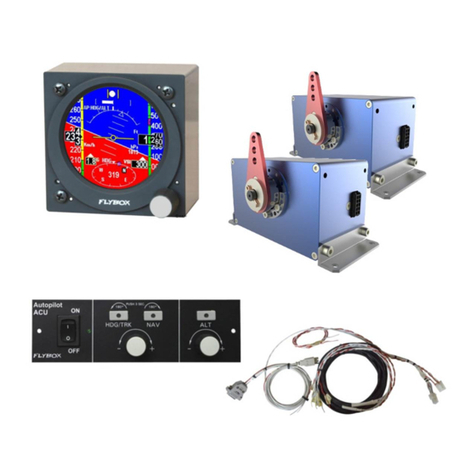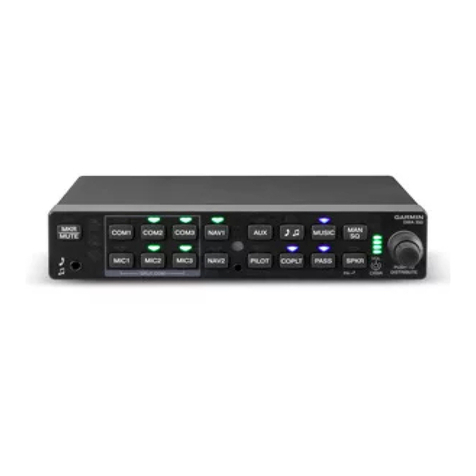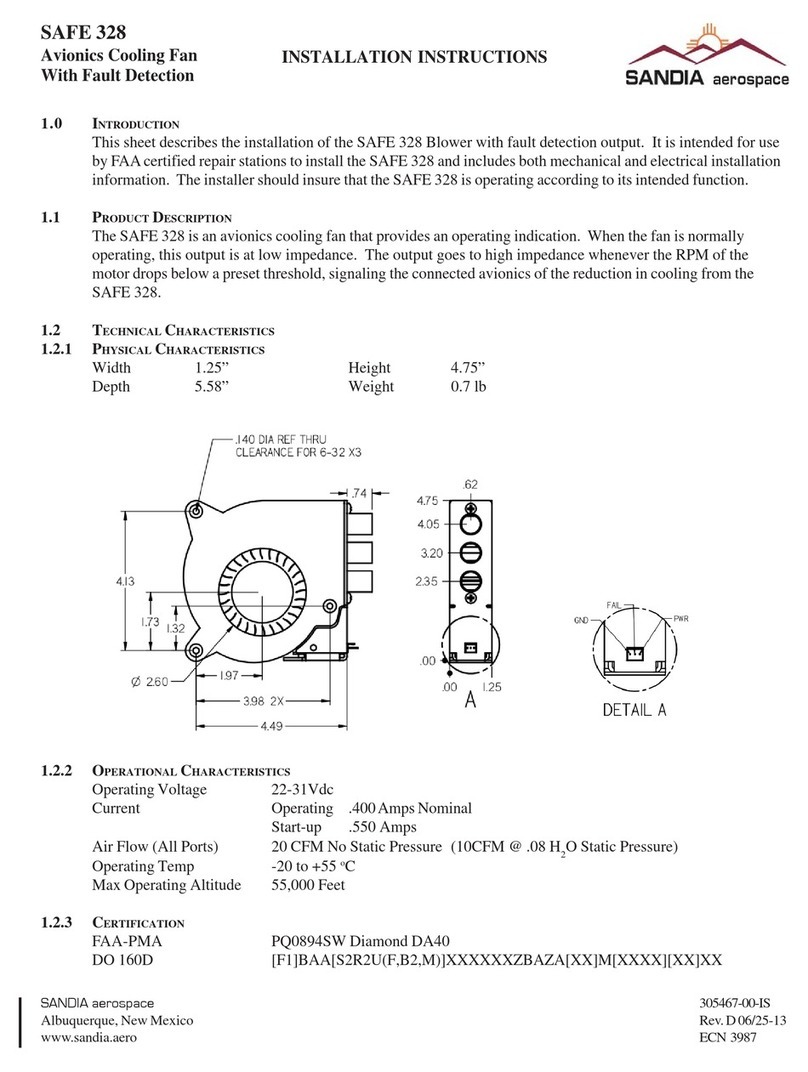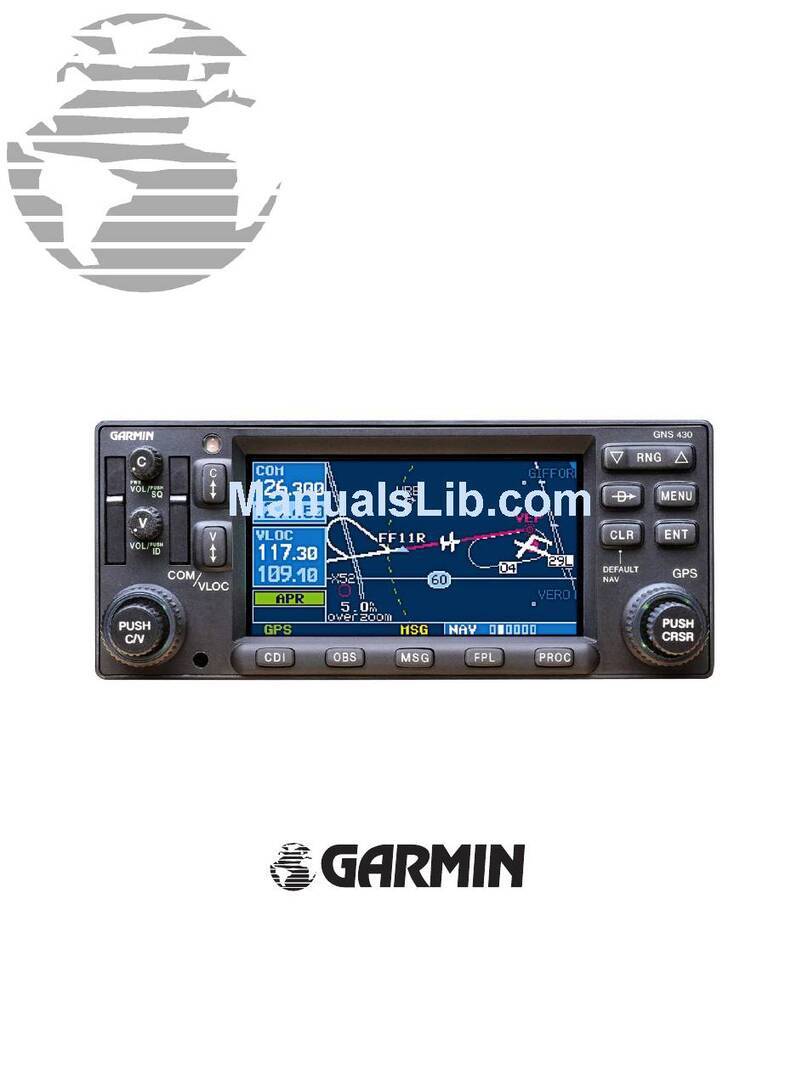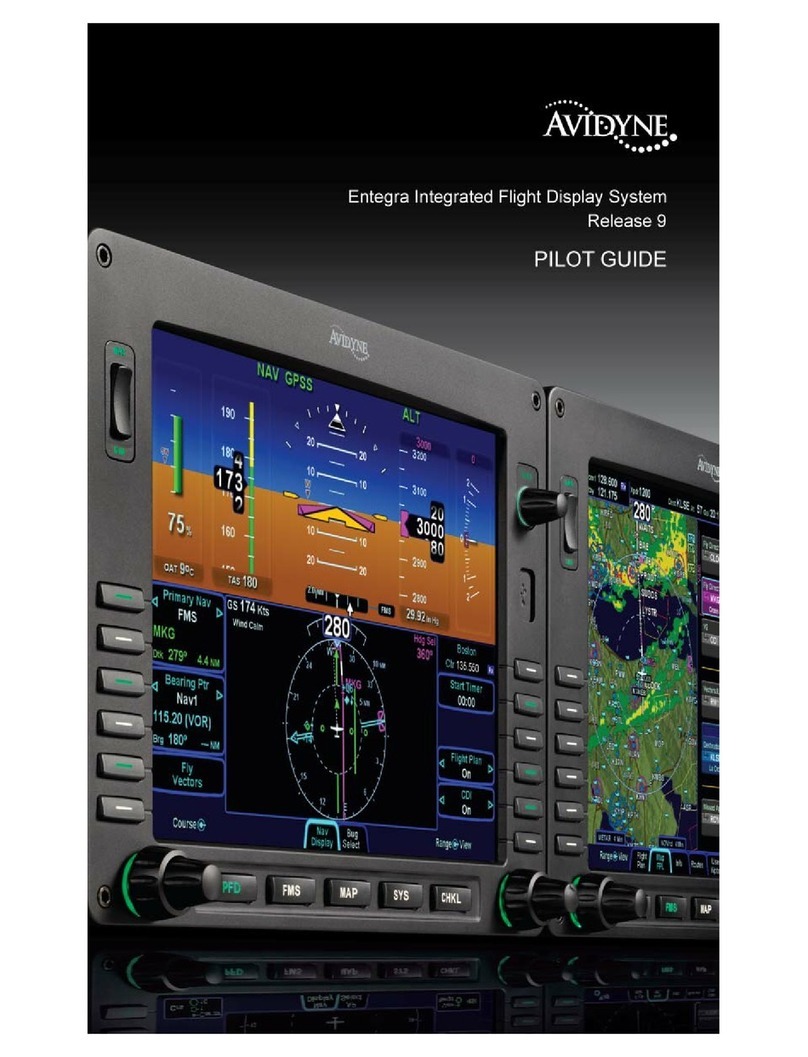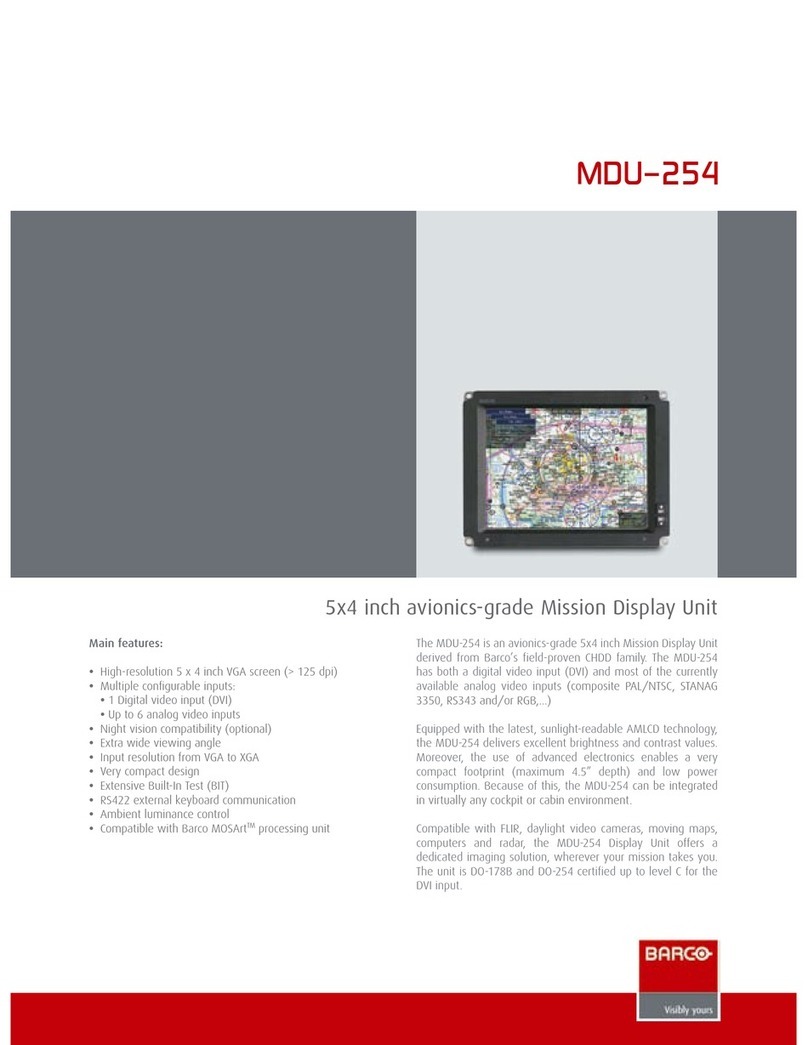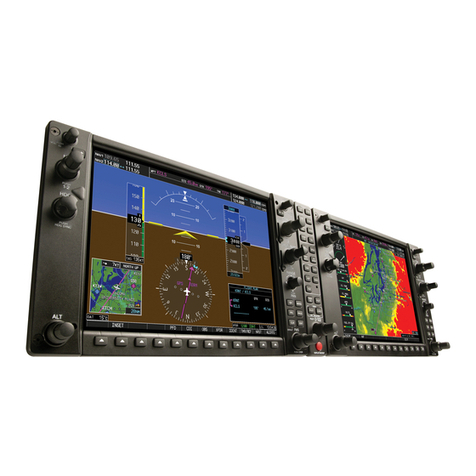
5
Setting up your R5 unit..............................................................................................................................................................................................................20
Placement ..............................................................................................................................................................................................................................20
Electrical wiring....................................................................................................................................................................................................................21
Power Supply......................................................................................................................................................................................................................22
External aircraft power....................................................................................................................................................................................................22
External battery pack.......................................................................................................................................................................................................22
External power brick.......................................................................................................................................................................................................22
Antenna...............................................................................................................................................................................................................................23
Direct mount (standard configuration)............................................................................................................................................................................23
Remote mount.................................................................................................................................................................................................................24
External antenna..............................................................................................................................................................................................................24
Audio..................................................................................................................................................................................................................................25
Quiet cabin......................................................................................................................................................................................................................25
Noisy environment..........................................................................................................................................................................................................25
Operating your Aircraft Proximity Alerter................................................................................................................................................................................26
Introduction...........................................................................................................................................................................................................................26
Horizontal range setting.......................................................................................................................................................................................................27
Vertical range setting............................................................................................................................................................................................................27
Threat Squawk code.............................................................................................................................................................................................................28
Principle of evaluation ........................................................................................................................................................................................................28
Limitations..........................................................................................................................................................................................................................28
Altitude reserved combination used as squawk code.......................................................................................................................................................28
Multiple threats with same squawk codes (1200 or 7000)...............................................................................................................................................28
Threat Altitude reporting.....................................................................................................................................................................................................29
Principle of evaluation ........................................................................................................................................................................................................29
Mode A only transponder....................................................................................................................................................................................................29
Ranking by altitude proximity.............................................................................................................................................................................................29
Ranking by distance proximity............................................................................................................................................................................................29
Absolute MSL or Relative ..................................................................................................................................................................................................29
Limitations..........................................................................................................................................................................................................................30
Altitude substitution........................................................................................................................................................................................................30
Multiple threats with same squawk code.........................................................................................................................................................................30
